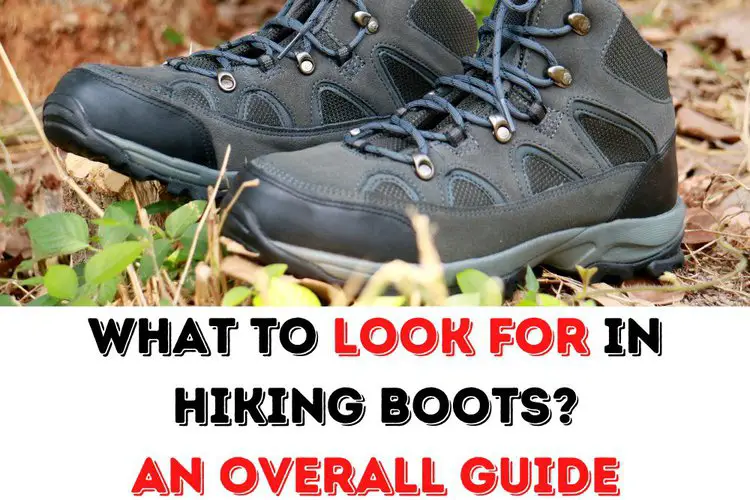Hiking is a popular outdoor activity that requires comfortable and durable footwear. With the right hiking boots, you can enjoy a successful and safe hike, no matter the terrain or environment.
However, with so many options available, it can be difficult to know what to look for in a hiking boot.
In this article, we will explore the key factors to consider when choosing the best hiking boots for you.
Key takeaways:
- Consider the terrain and environment you will be hiking in when choosing hiking boots.
- Your hiking style will also affect the type of hiking boots you should choose.
- Comfort and fit are crucial when choosing hiking boots to prevent blisters and other discomforts.
- Choose hiking boots that are suitable for your foot shape and provide adequate arch support.
- Look for hiking boots made of high-quality, durable materials that can withstand tough terrain.
- Good breathability and ventilation are important to keep your feet dry and cool during hot and humid conditions.
- Choose hiking boots with good traction to prevent slipping and falling on unpredictable terrain.
- Consider the weight and flexibility of the boots to minimize fatigue and prevent injuries.
- Finally, don’t forget about style when choosing hiking boots to match your personal fashion preferences.
Contents
Terrain and Environment
The first factor to consider is the type of terrain and environment you will be hiking in. Different types of hiking boots are designed for different terrains and environments, from rocky trails to muddy wetlands.
You should look for hiking boots with the appropriate level of support, stability, and protection for the terrain you will be hiking in.
Examples:
- For rocky trails and rough terrain, look for hiking boots with good ankle support and sturdy soles to provide stability and prevent injuries.
- For wetlands or muddy trails, consider waterproof boots with good traction to prevent slipping.
Last update on 2023-11-11 / Affiliate links / Images from Amazon Product Advertising API
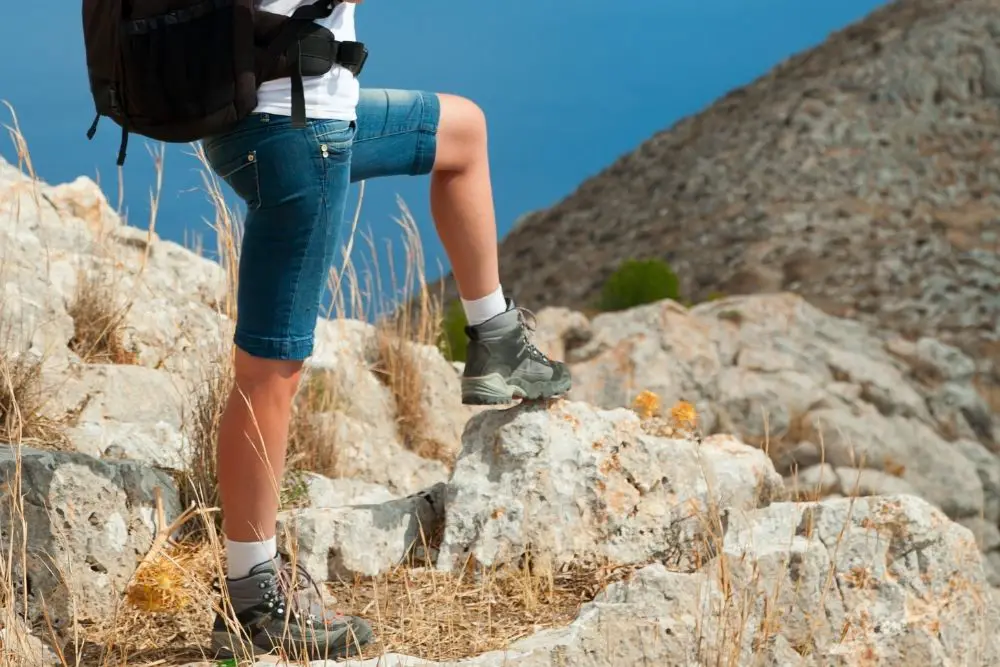
Hiking Style
The type of hiking you plan on doing will also affect the type of hiking boots you should choose.
Examples:
- If you plan on backpacking, you will want boots that are durable, and provide good support.
- If you plan on day hiking, you may want a more comfortable and lighter boot.
Last update on 2023-11-11 / Affiliate links / Images from Amazon Product Advertising API
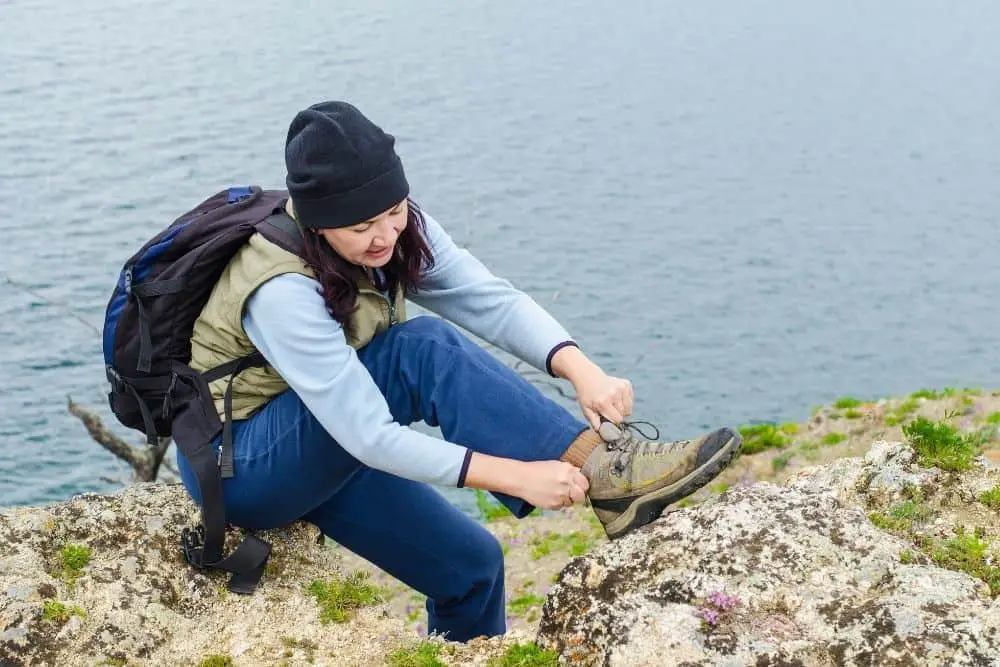
Comfort and Fit
Comfort and fit should always be a top priority when choosing hiking boots. It is important to ensure that the boots have enough room to accommodate your feet comfortably, but not too much that your feet are slipping inside the boots while hiking.
When trying on hiking boots, you should wear the same socks as the ones you use for hiking to test their fit. A proper fit will help prevent blisters, hotspots, and other discomforts.

Foot Shape
It’s important to choose hiking boots that are suitable for your foot shape and provide adequate arch support.
Examples:
- If you have flat feet, look for hiking boots with good arch support.
- For those with high arches, consider boots with additional cushioning to provide support and prevent pain.
- Waterproof membrane seals out water and lets moisture escape
- Pigskin leather and mesh upper
- Metal hook traditional lace closure
Last update on 2023-11-11 / Affiliate links / Images from Amazon Product Advertising API

Materials and Construction
The materials and construction of hiking boots are also important to consider. Look for hiking boots made of high-quality, durable materials that can withstand the elements and provide protection, comfort and support.
Pay attention to the construction, including the sole, midsole, and upper, to ensure that the hiking boots are sturdy and can handle tough terrain.
In general, you should rely on the upcoming hiking type to choose the right structured hiking boots.
For example:
- If the terrain is snowy and the temperature is low (cold), then choose hiking boots made of leather (because they are warmer) and have deep lugs (pinned deep into the ground to prevent slipping), waterproof and insulated.
- If the terrain is very flat (like Joshua Tree) but the temperature is high (hot), hiking boots made of fabric will be more breathable and cooler, lighter.
Last update on 2023-11-11 / Affiliate links / Images from Amazon Product Advertising API
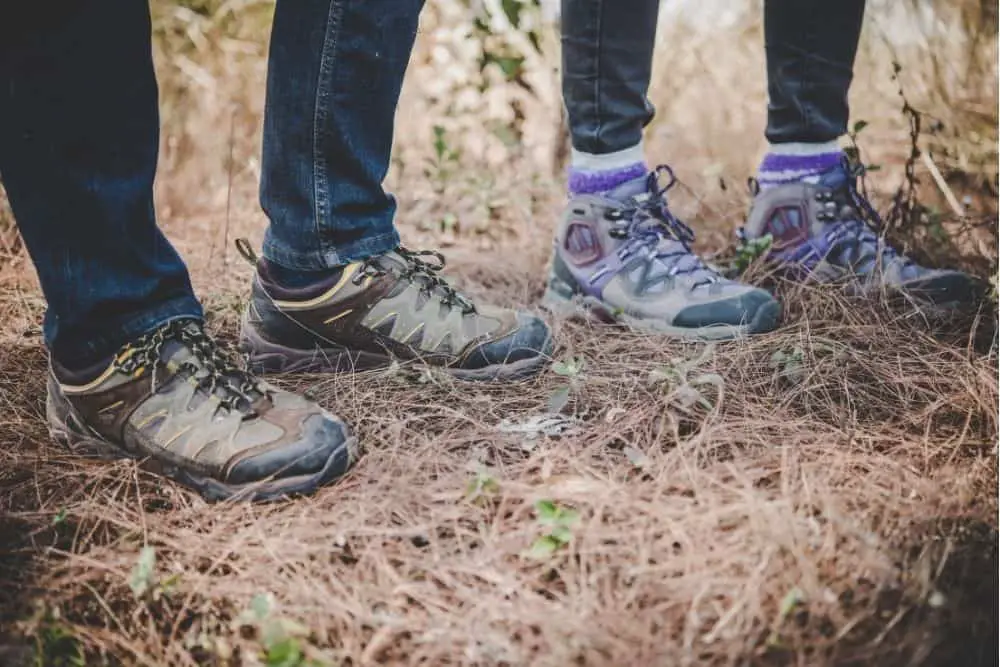
Breathability and Ventilation
Hiking boots with good breathability and ventilation are crucial, especially if you’re hiking in hot and humid conditions.
Breathable materials like mesh, Gore-Tex, or eVent allow air to circulate around your feet, keeping them dry and cool, and reducing the risk of blisters and discomfort.
- Pigskin leather and mesh upper
- Metal hook traditional lace closure
- Bellows tongue keeps out debris
Last update on 2023-11-11 / Affiliate links / Images from Amazon Product Advertising API
Durability and Longevity
Hiking boots should be built to last, as they’ll be put through their paces on the trail.
Look for boots made from high-quality materials, such as leather or synthetic fabrics like high denier nylon, which are more durable and can withstand the wear and tear of multiple hikes.
Example: Full grain leather, nubuck, rough-out leather, high denier nylon, etc.
- Premium full-grain waterproof leather uppers
- TimberDry eco-conscious waterproof membrane keeps feet dry in any weather
- Fully gusseted tongue keeps out debris
Last update on 2023-11-11 / Affiliate links / Images from Amazon Product Advertising API
Water Resistance or Waterproofing
Hiking in wet conditions or crossing streams can be challenging, but having water-resistant or waterproof boots can make a big difference.
For example: Choose hiking boots that have a waterproof or water-resistant membrane, like Gore-Tex or eVent, which will keep your feet dry and comfortable.
- Men's lightweight hiking shoes with traction for all conditions
- Regular fit; Lace Bungee stows laces to help avoid tangling
- Mesh and synthetic upper for lightweight comfort; TPU overlays for durability and support
Last update on 2023-11-11 / Affiliate links / Images from Amazon Product Advertising API
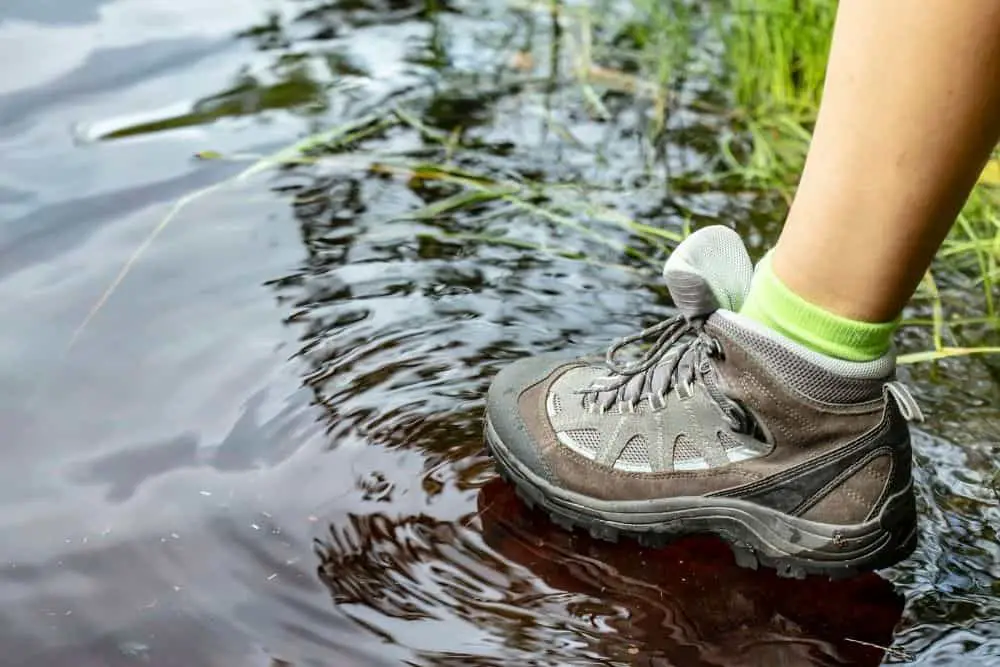
Traction
Traction is another key factor to consider when choosing hiking boots. The terrain can be unpredictable, and good traction is essential to prevent slipping or falling.
Look for boots with deep, multi-directional lugs on the sole, which will provide a firm grip on a variety of surfaces, including loose dirt, mud, and rocks.
For example:
For hikes with dry and stiff surfaces, choose boots with wider-spaced lugs. While on wet and muddy surfaces, deep lugs will be better for balance.
Last update on 2023-11-11 / Affiliate links / Images from Amazon Product Advertising API
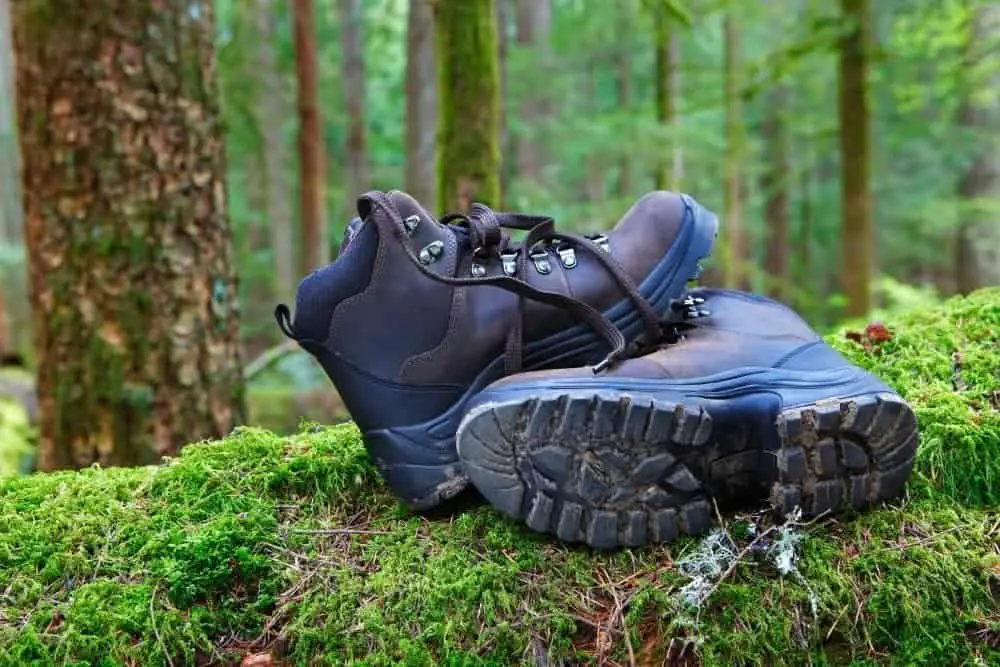
Weight
The weight of your hiking boots can impact your endurance and how tired you feel during a long hike.
Choose boots that are lightweight as possible, but still provide the necessary support and protection for your feet.
Lightweight boots are often made from materials like synthetic fabrics, which can help reduce fatigue during long hikes.
Flexibility
Hiking boots should be flexible enough to allow for a comfortable stride, while still providing support and protection for your feet.
For example: Look for boots with a flexible sole and an adjustable lacing system, which will allow you to customize the fit and prevent blisters and other injuries.

Style
Finally, don’t forget about style! Hiking boots come in a variety of styles, so you can choose a pair that matches your personal fashion preferences.
Whether you prefer a classic look or a modern, trendy design, there are hiking boots out there that will match your hobby and style. Make sure the hiking boots you choose are not only functional, but also complement your outdoor wardrobe.

